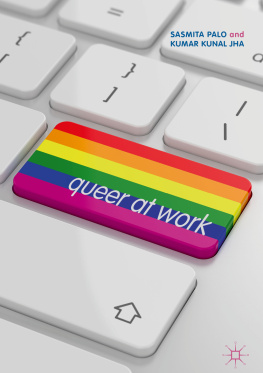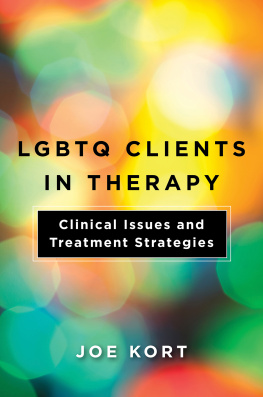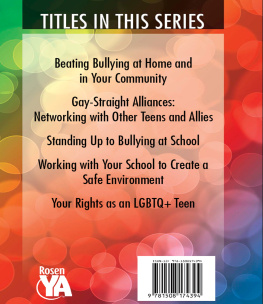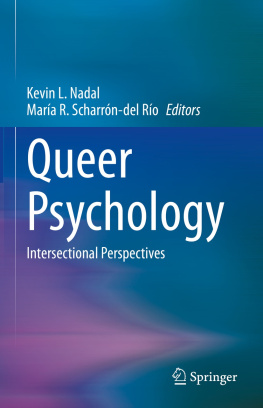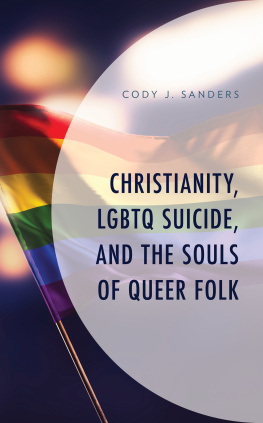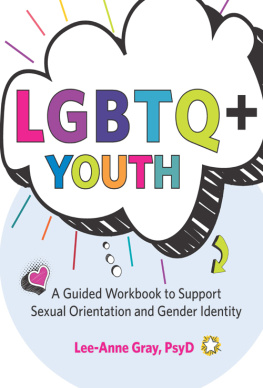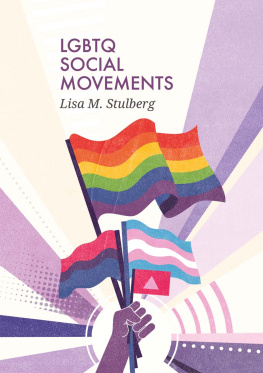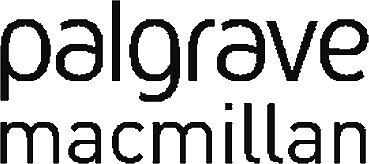Sasmita Palo
School of Management and Labour Studies, Tata Institute of Social Sciences, Mumbai, India
Kumar Kunal Jha
School of Management and Labour Studies, Tata Institute of Social Sciences, Mumbai, India
ISBN 978-981-13-8561-2 e-ISBN 978-981-13-8562-9
https://doi.org/10.1007/978-981-13-8562-9
The Editor(s) (if applicable) and The Author(s), under exclusive license to Springer Nature Singapore Pte Ltd. 2020
This work is subject to copyright. All rights are solely and exclusively licensed by the Publisher, whether the whole or part of the material is concerned, specifically the rights of translation, reprinting, reuse of illustrations, recitation, broadcasting, reproduction on microfilms or in any other physical way, and transmission or information storage and retrieval, electronic adaptation, computer software, or by similar or dissimilar methodology now known or hereafter developed.
The use of general descriptive names, registered names, trademarks, service marks, etc. in this publication does not imply, even in the absence of a specific statement, that such names are exempt from the relevant protective laws and regulations and therefore free for general use.
The publisher, the authors and the editors are safe to assume that the advice and information in this book are believed to be true and accurate at the date of publication. Neither the publisher nor the authors or the editors give a warranty, express or implied, with respect to the material contained herein or for any errors or omissions that may have been made. The publisher remains neutral with regard to jurisdictional claims in published maps and institutional affiliations.
Cover illustration: Thomas Howey and eStudio Calamar
This Palgrave Macmillan imprint is published by the registered company Springer Nature Singapore Pte Ltd.
The registered company address is: 152 Beach Road, #21-01/04 Gateway East, Singapore 189721, Singapore
Preface
This book is the result of five years of research, observation and interaction with the LGBTQ community from various part of India . This would have not been possible without the help and courage of all the individuals from the LGBTQ community who have opened their hearts to tell their story and are striving to bring positive change in the society. Initially, this research was conducted by as part of my MPhil and PhD research. Such is the situation of the LGBTQ individuals in India that there were more reasons that I saw for not taking up this research rather than going ahead with it. One factor that outweighed all the other factors was the fact that I wanted to explore my own identity as a queer individual. I wanted to go on a journey to know who I was as a person. This journey would not have been possible without the support of Professor Sasmita Palo who has also authored this book with me. Working with Professor Palo not only gave me clarity with regard to the apt way of moving forward with this project but also enabled us to do triangulation as we were now looking at the issues faced by the LGBTQ community from an insider as well as an outsider perspective.
The main aim of this book is to bring out the voices and experiences of individuals from the LGBTQ community in the workplace . At the same time, this book also aims to sensitise leaders, change agents, human resource and diversity managers with all the possibilities and limitations associated with diversity and inclusion of LGBTQ individuals not only in the workplace but also with regard to recognising LGBTQ rights as human rights in the society. In the initial phase of the research, we conducted 31 semi-structured in-depth interviews with individuals from the LGBTQ community working in formal manufacturing and service sectors. The sampling was purposive in nature and we used the snowballing technique to reach individuals from the community. We have also included our observations while interacting with people and spaces during the duration of the research.
The readers will be introduced to the normative and the non-normative definitions around gender and the manner in which we perform gender. We thought that it was crucial to give an introduction to gender as we realised that during the research most of the individuals did not have clarity on what really gender is and if there is an alternate way of performing it. Our definition of gender is inclusive and we do not claim that it is the ultimate and the most apt. The intention is to clear confusions around gender by questioning the very basis on which it is constructed. We believe that questioning the basis on which gender is constructed in our society will help us not only to deconstruct the way gender is viewed but also in reconstructing new lenses of viewing gender which are more inclusive. The readers will notice that in the first few chapters they will have small caselets, where they are asked questions with regard to how they would solve a problem or react if they were in a certain situation. The caselets are drawn from the experiences of the individuals from the LGBTQ individuals in their workplace . This will give an opportunity to the readers to step into the shoes of an individual who either has a non-normative gender or sexual orientation identity or is in a position where they might have the power to address certain situation faced by an individual from the LGBTQ community. Doing this would help the readers to see the same situation from different perspectives. In the later part of the chapters, the readers will be directly exposed to verbatim from the interviews conducted with the individuals from the LGBTQ community.
While reading this book, the readers will notice that at some places, we (the authors) have shifted from we to I. I has been used in the research to highlight the insider perspective of our co-author who identifies as queer. We has been used to bring out the findings and observations that both the authors have had together during the research. At some places, we have also used LGB instead of LGBT. This is mainly because recent changes in the law have given legal recognition to the transgender community. Further, we have also used LGBTQ to signify any gender and/or sexual orientation identity that does not meet the expectations of the heteronormative society. Though we have tried our best to bring in the differences in the issues faced at the workplace by lesbian, gay, bisexual and transgender individuals, this book mostly covers what in general an individual from the community, who may or may not have disclosed their identity to their employers, faces due to their non-normative sexual orientation and gender identity.
We understand that there are many limitations of this research. Some of them are not being able to properly represent the voices of individuals who identify as asexual or intersex or covering only the formal manufacturing and service sectors which are mostly located in the cities that hardly represent eight per cent of the Indian population. Another criticism could be that we are looking at sexual orientation and gender identities in singularity and not accounting for intersectionality . We could also be criticised for the language being too simplistic for the gender discourse that most academicians emphasised upon in the past. We have tried to keep the language for this book lucid as we believe that a large part of the society should be exposed to conversations which have been considered difficult or tabooed from a very long time. We would consider ourselves grateful if we can initiate this difficult conversation on a larger level and eventually move beyond these conversations towards creating a more inclusive society for all. We would urge our readers to comment, criticise and question what we have written as we believe that it is an integral part of furthering any conversation .

